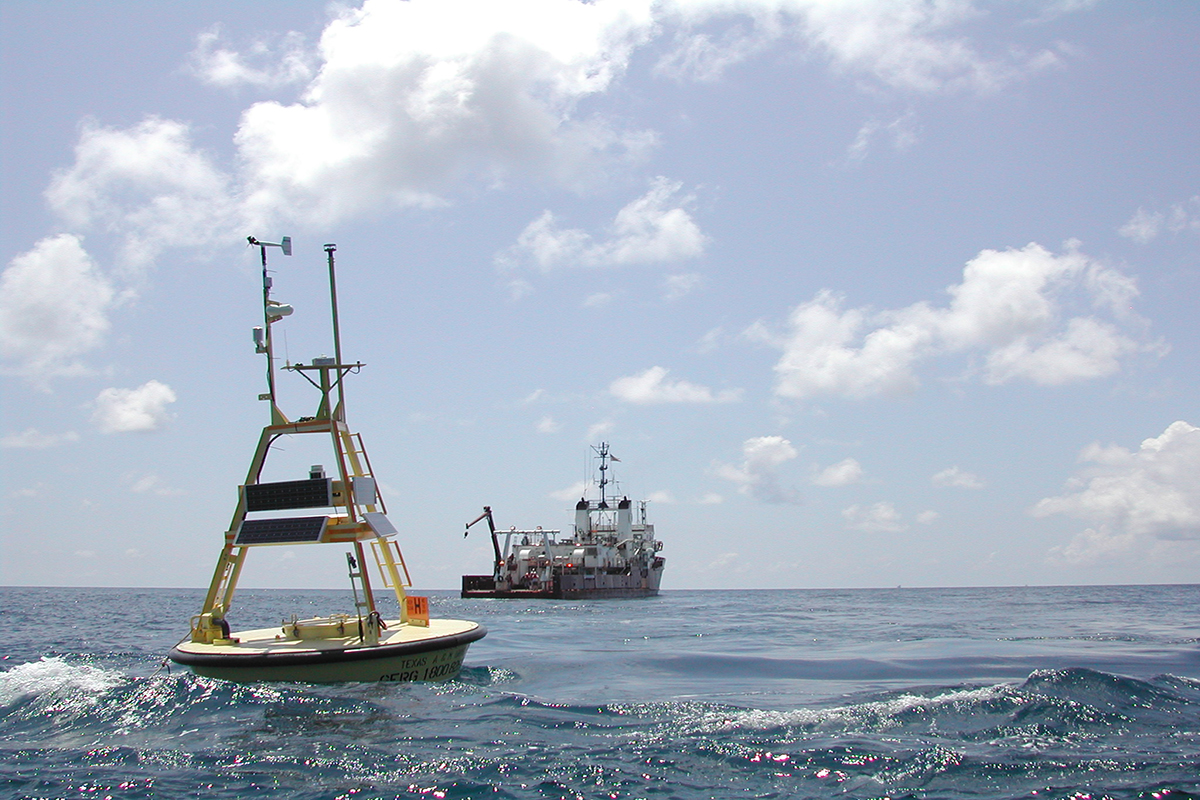Gulf of Mexico Experiencing Record Low Water Temperatures
After days of freezing weather, Texas A&M-operated buoys near Galveston and Corpus Christi are reporting the lowest temperatures recorded since their installation.
Feb 22, 2021

A system of buoys in the Gulf of Mexico operated by Texas A&M University scientists has reported the lowest water temperatures ever recorded since they were installed in 1995.
Dr. Steven DiMarco, a professor of oceanography at Texas A&M who heads the Texas Automated Buoy System (TABS), said that buoys located near Galveston recorded a temperature of 52.5 degrees while another near Corpus Christi reported a temperature of 50 degrees.
He said the average daily water temperatures for the Galveston and Corpus Christi areas this time of year are about 58.5 degrees.
“These are the lowest readings we’ve seen since the system went into operation in 1995,” DiMarco said. “And it appears that some of these temperatures are continuing to get even lower because the cold air has persisted for several days.”
DiMarco added that the TABS system has recorded wave heights of 13 feet in some parts of the Texas coast, compared to a normal reading of three to five feet this time of year.
The TABS system is supported by the Texas General Land Office and is the only buoy system of its kind in the United States, and one of the few in the world. It supplies critical data allowing modelers to accurately predict the movement of oil spills and provides other current data that helps protect the 367-mile Texas coastline. The data collected by the system are freely available and open to the public.
The buoy system is operated by researchers in the Geochemical and Environmental Research Group (GERG) in Texas A&M’s College of Geosciences. Buoys range in size from seven feet to more than 20 feet in length, each of them floating on the water’s surface and anchored to the ocean floor.
DiMarco said the frigid temperatures hitting Texas are harmful to several types of marine life, especially sea turtles. Volunteers have rescued more than 3,000 sea turtles along the Texas coast and moved them to warming centers, but experts believe many have already died.
By Keith Randall, Texas A&M University Division of Marketing & Communications

